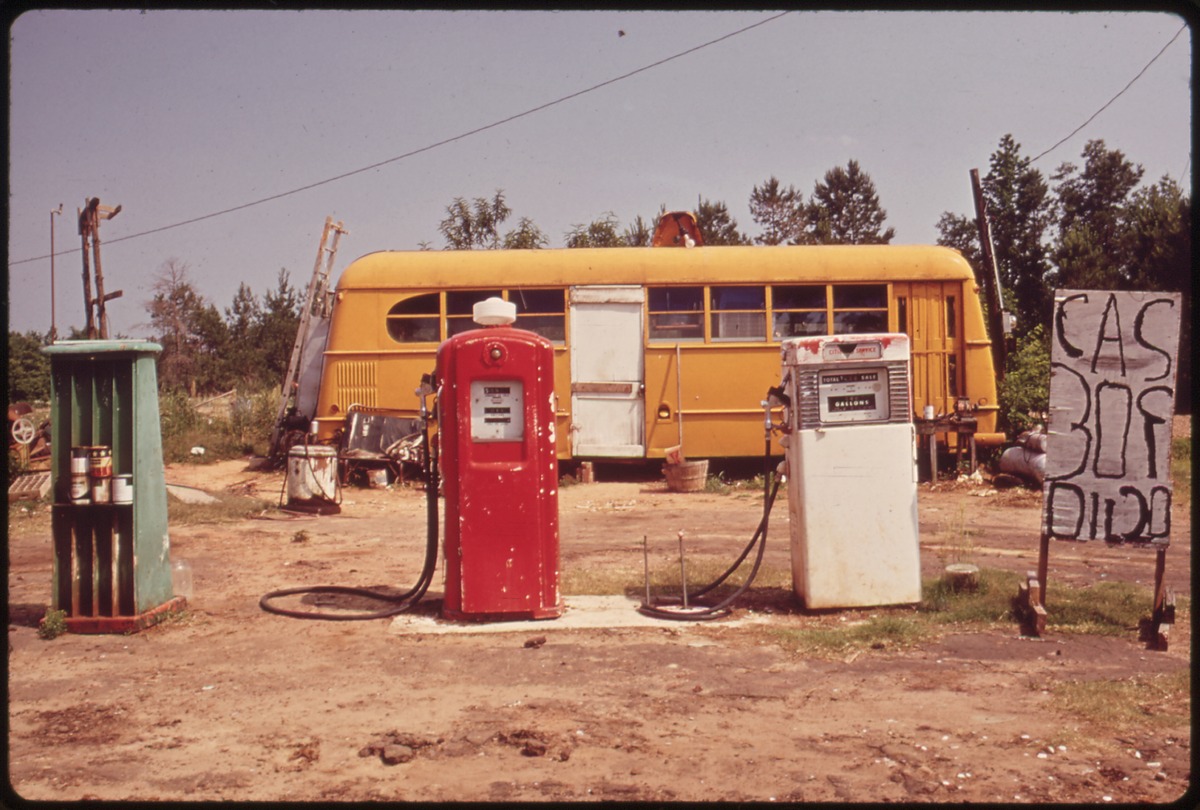Right now in California, homeowners are repurposing Tesla car batteries to help convert their homes to solar, and as alternative energies and batteries keep improving and becoming more cost-efficient, more people will opt out of the power grid. The opening of a story on the topic from Mark Chediak at Bloomberg:
“David Greene woke up one day and fired his power company. It wasn’t that hard to do.
Greene, 48, is neither a hippie nor a survivalist and his environmental leanings are middle of the road. He runs an air-conditioning repair service out of his home and lives in the suburbs, not the woods.
It’s just that his three-bedroom house near Honolulu is in a place with America’s highest electricity rates — 38 cents a kilowatt-hour compared with the 13-cent national average. Fed up, Greene put solar panels on his roof and batteries in the garage to store the excess juice. He told his utility to come get his power meter.
‘I enjoy being off the grid,’ Greene said. ‘It’s an independence thing. It’s cool to say you don’t have an electric bill.’
Even better, Greene calculates he’s spent about $58,000 on a system that will pay for itself in six to eight years — factoring in that he now mostly avoids gas stations by charging his hybrid Toyota Prius from the rooftop solar system.
Greene remains something of an outlier. While there are no official U.S. government estimates of how many Americans live off the power grid, the Snowmass, Colorado-based Rocky Mountain Institute says anecdotal evidence suggests it’s much less than one percent of the nation’s utility customers. About 147 million people get their power from the grid, according to data from the American Public Power Association.”

